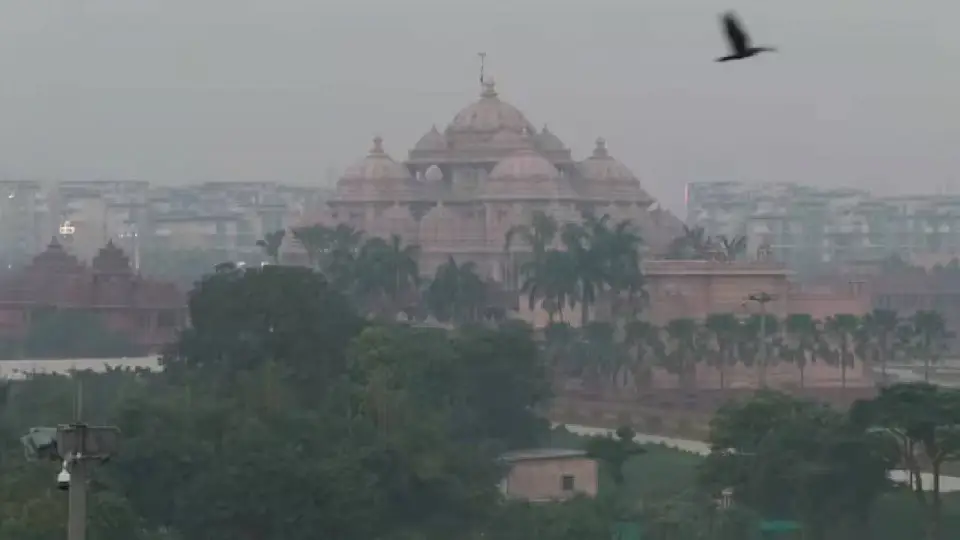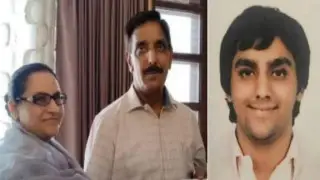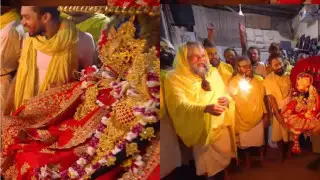
Most polluted areas in Delhi (Credit:Top Indian News)
National News: Delhi ’s air turned dangerous on Tuesday morning as the Air Quality Index touched 350, according to CPCB data. The toxic mix of smoke, dust, and leftover firecrackers created an environment that many residents found unbearable. Several areas, including Bawana and Wazirpur, recorded AQI readings above 400, classified as ‘severe’. This rise came despite restrictions on fireworks, leaving hospitals bracing for more respiratory complaints.
The worst-hit locations in Delhi painted a grim picture. Bawana topped the list at 427, followed closely by Wazirpur and Alipur at 408 each. Jahangirpuri registered 407, while Burari Crossing was at 402. Even areas like Shadipur, Ashok Vihar, Punjabi Bagh, Sonia Vihar, and Vivek Vihar reported AQI in the ‘very poor’
Beyond the top ten, several other monitoring stations also reflected worrying numbers. Anand Vihar reported 360, Delhi University’s North Campus stood at 363, while Okhla Phase-2 hit 353. Even iconic locations such as Lodhi Road, ITO, and JLN Stadium showed AQI above 300. Air quality near the Indira Gandhi International Airport was also ‘very poor’ at 313, affecting travelers and staff alike.
In the days leading to Diwali, Delhi’s AQI had already been sliding into the danger zone. Despite Stage 2 of the Graded Response Action Plan (Grap 2), pollution touched the ‘severe’ mark during Diwali itself. Crackers, stubble burning in neighboring states, and stagnant winter winds together worsened the city’s air. Residents, especially children and elderly, were among the most vulnerable to this toxic shift.
Just ahead of the festival, the Supreme Court allowed the use of only green crackers in Delhi-NCR between October 18 and 20. The order also fixed strict time slots for bursting—6–7 pm and 8–10 pm. Crackers from outside NCR were banned. The ruling aimed to balance festive joy with environmental protection. But reports confirmed crackers were used beyond those timings, adding to the smog.
Fireworks caused hourly PM 2.5 concentration to spike nearly 29 times above safe limits in some zones. These tiny particles are the most harmful, as they seep deep into lungs and bloodstream. Doctors have already warned of a surge in asthma cases, breathing trouble, and eye irritation. For many citizens, the annual celebration turned into a health nightmare overnight.
As pollution choked the city, demands for stronger action grew louder. Experts insist that Delhi cannot rely on last-minute bans but needs year-round strategies, from cleaner fuels to stricter stubble management. Residents wore masks, air purifiers ran non-stop, yet relief seemed distant. For now, the smog lingers as a harsh reminder that India’s capital is still struggling to breathe freely.













Copyright © 2025 Top Indian News
